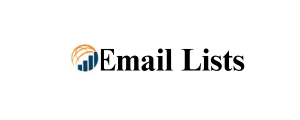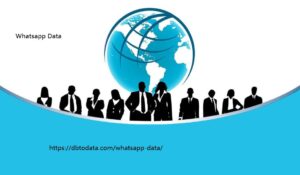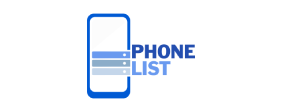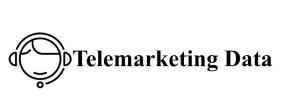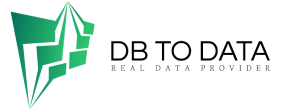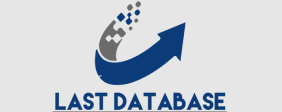The short run is with variable costs which change with the level of output. These costs include raw materials direct labor and other costs that rise or fall as production levels change. These costs are often evaluat on a monthly or quarterly basis. The mium term relates to semivariable costs which have both fix and variable components. An example is the electricity costs for a factory some of the electricity costs are fix a basic cost that the company must pay regardless of usage and some are variable additional costs depending on electricity usage.
These fees may be
Evaluat semiannually or annually. The France WhatsApp Number Data long run relates to fix costs which do not change with the level of output. These costs can include costs such as depreciation of equipment or buildings salaries of permanent staff and rent or property taxes. These costs are often evaluat annually or over the life of a longterm project or investment. Apart from the operational period cost accounting is also us for certain project periods. For example your company is planning a significant capital investment. Cost accounting can project costs over a period of several years.
Likewise it can track
The costs of a particular project Taiwan Phone Number List from start to finish. Cost accounting can be done in realtime with modern software systems that are able to track and allocate costs that occur. This provides managers with uptodate cost information enabling quick decision making if expenses are higher than expect. Advantages and disadvantages of cost accounting The difference between cost accounting and financial accounting provides different advantages and disadvantages for businesses. Cost accounting can provide many benefits to businesses but it is not without challenges. Advantages of cost accounting Strategic decision making. Cost accounting provides detail information about the costs associat with goods or services helping in strategic decision making. Cost ruction. areas of unnecessary spending thereby.
